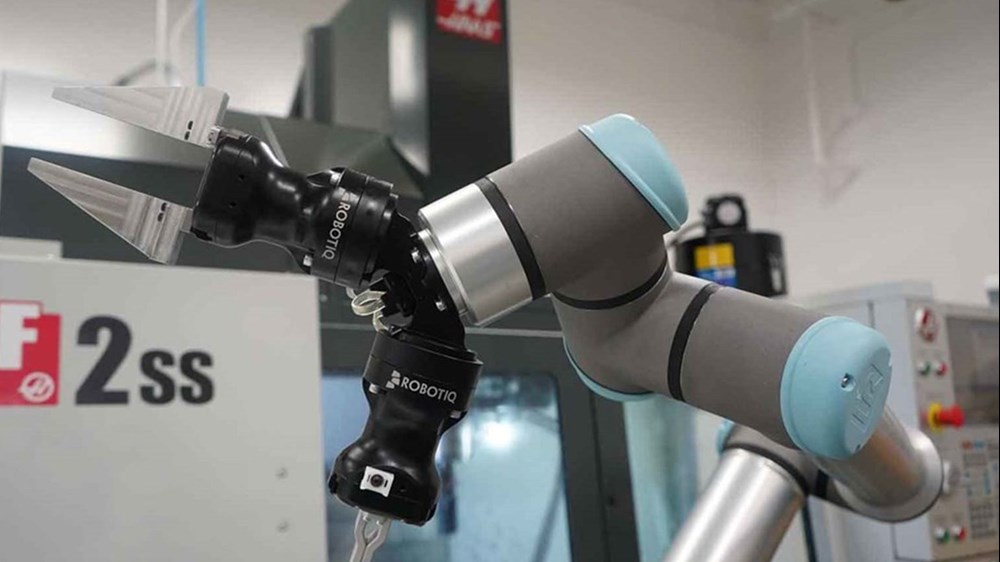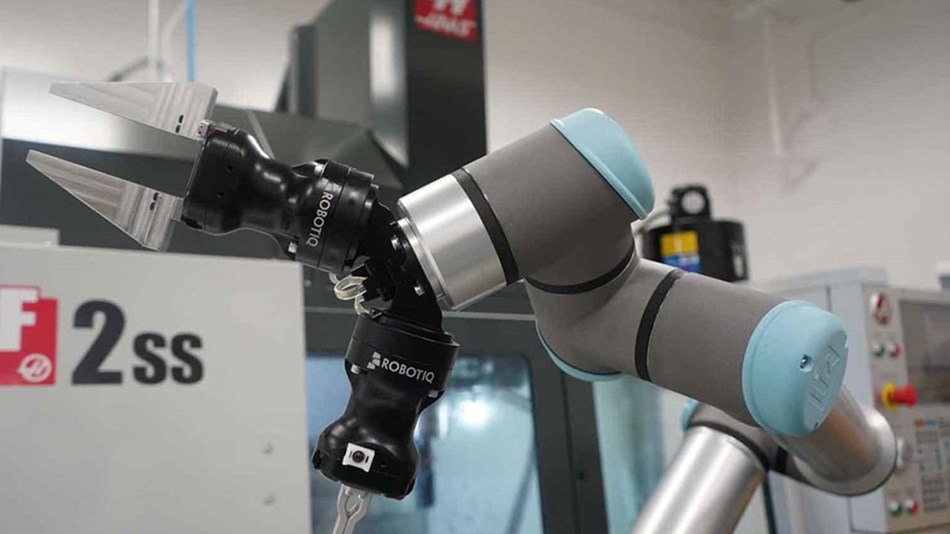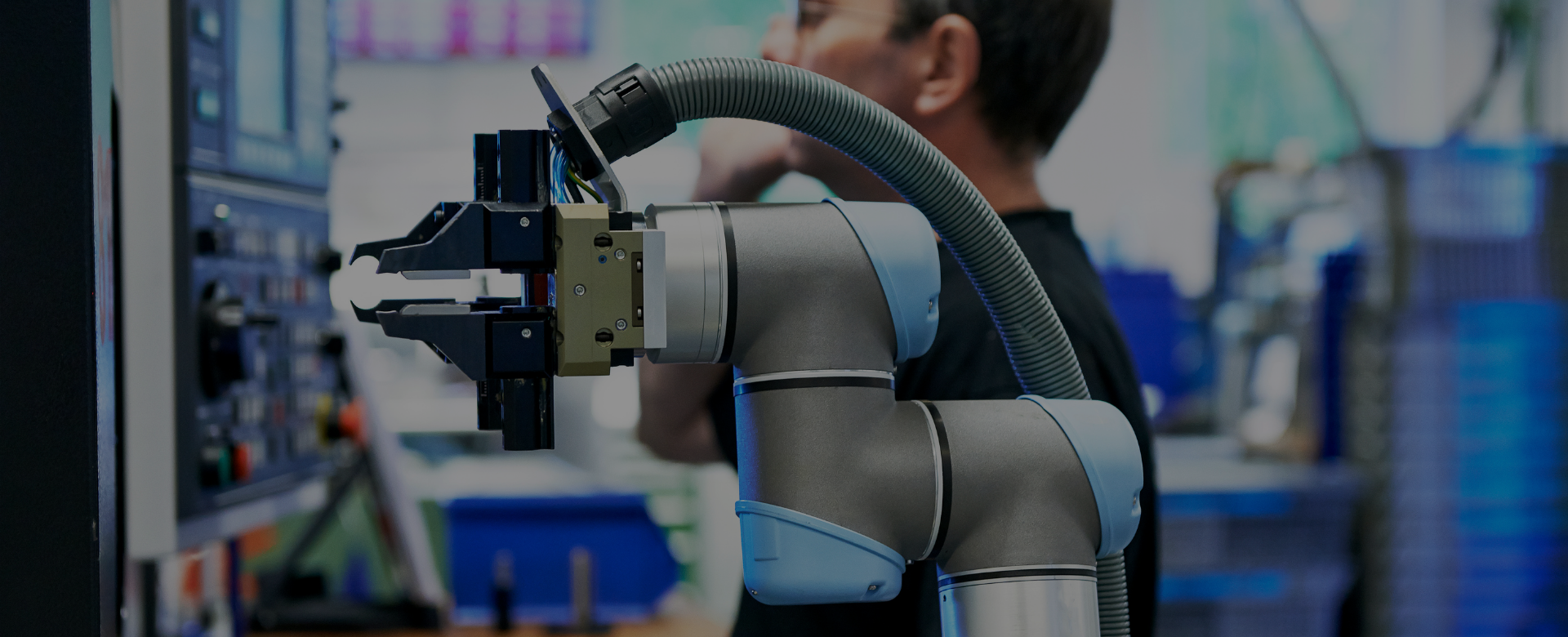Universal Robots provides a wide range of UR certified grippers through UR+ –a global ecosystem of components, software, and application kits that have been validated and certified to be mechanically, electrically and digitally compatible with cobots from Universal Robots.
At first, the sheer variety of grippers available can seem daunting, especially if you’re new to automation. There are electric grippers, pneumatic grippers, soft grippers and vacuum grippers. There are 2-finger and 3-finger grippers, magnetic grippers, mechanical grippers and adaptive grippers, and each gripper provides unique advantages in support of your machine tending, material handling and assembly applications.
This article is about parallel grippers, so if you’re at a more preliminary stage in your gripper journey and you’re wondering ‘What are the types of grippers?’ try reading this article first. (If you are looking for an overview of some of the differences between grippers and want to know how vacuum grippers and pneumatic grippers work, for example, check out this article.)
What is a parallel gripper?
Parallel grippers are a type of industrial robot gripper featuring two fingers that remain parallel when they open and close. In operation, the fingers close onto the workpiece, grip it for the duration of the task and release the object when required. The robot gripper mechanism found in parallel grippers makes them a great fit for handling parts with predictable shapes and they are often chosen for machine tending and pick & place type applications. Parallel grippers are one of the most popular gripper types in the UR+ ecosystem due to their ease of use.
Parallel grippers can be powered by electricity or pneumatics. Electric parallel grippers use electricity to power motors. The motors are linked to the gripper’s fingers in such a way that the circular motion of the motor is translated into a linear motion. Meanwhile, pneumatically-powered parallel grippers use air pressure to open and close the gripper’s fingers.
Parallel grippers are also found in ‘mechanical gripper’ and ‘adaptive gripper’ forms. The term ‘mechanical gripper’ refers to any industrial gripper that uses movable levers (or ‘fingers’) to grasp objects. Mechanical grippers offer reliable performance in all sorts of manufacturing applications from machine tending to assembly, but adaptive grippers are more versatile, since they enable your robot to pick up a wide variety of different objects without the end-user having to step in and change the gripper.
Parallel grippers should not be confused with 3-finger or angled grippers. 3-finger grippers have a more complex mechanism that grasp the workpiece with three fingers that are offset by 120°. In operation, the fingers slide the workpiece to the gripper's centre to safely grasp the object. Meanwhile, angled grippers are so-called because they use fingers that approach the gripper from a variety of angles (e.g. 80° or 30°). For some applications, such as when there isn’t space for a parallel gripper to open and close successfully, angled grippers may be the better choice.
Now that we’ve covered some of the basics, let’s take a look at some of the UR certified parallel grippers available through UR+.
Robotiq's Hand-E gripper provides a 50-mm parallel stroke, which makes it ideal for precision assembly tasks. The gripper's sealed design is rugged enough to ensure reliability in the toughest manufacturing conditions, including CNC machining. Available in both dual and single configurations and specially designed for use with collaborative robots, Hand-E also provides adjustable force, rounded edges, self-locking functionalities, and other features that make it safe to use in close proximity to humans. The Hand-E is truly adaptive, which means that it is able to autonomously adjust to many different types of products of different sizes and shapes.


















